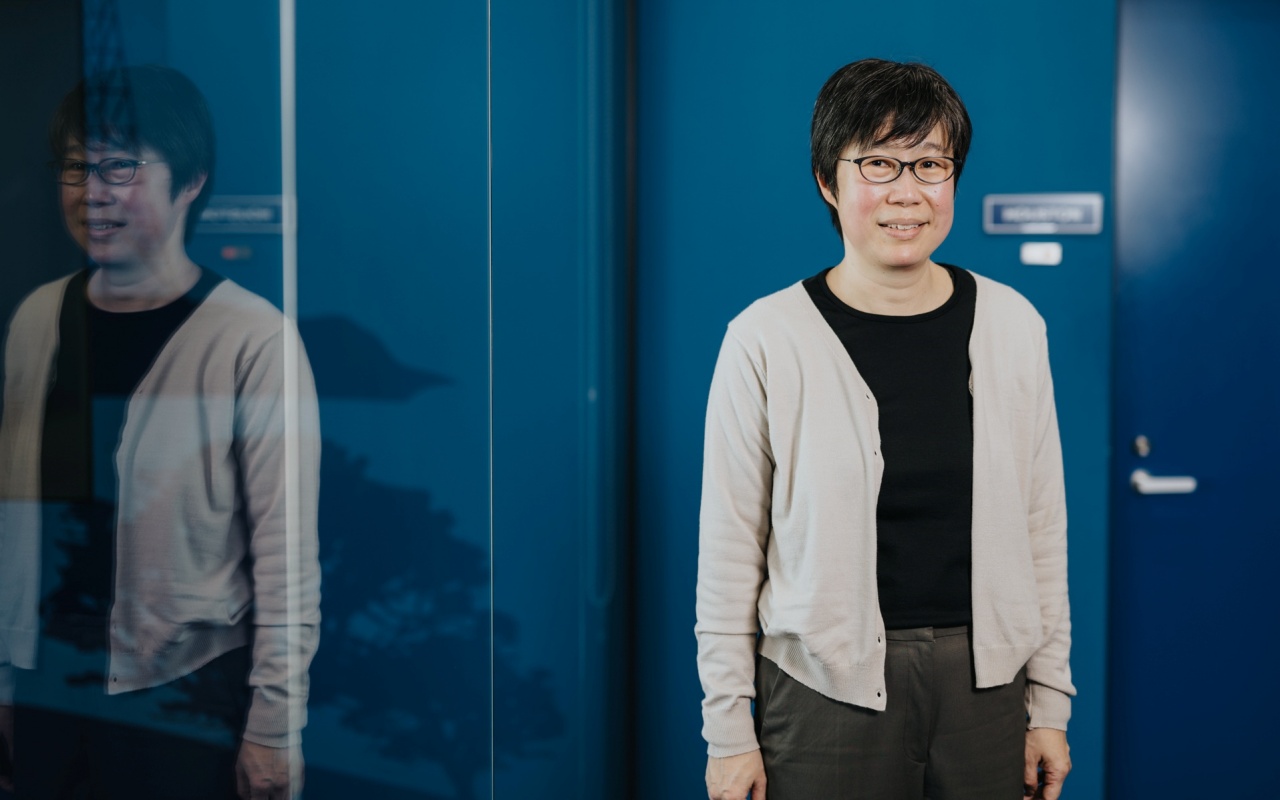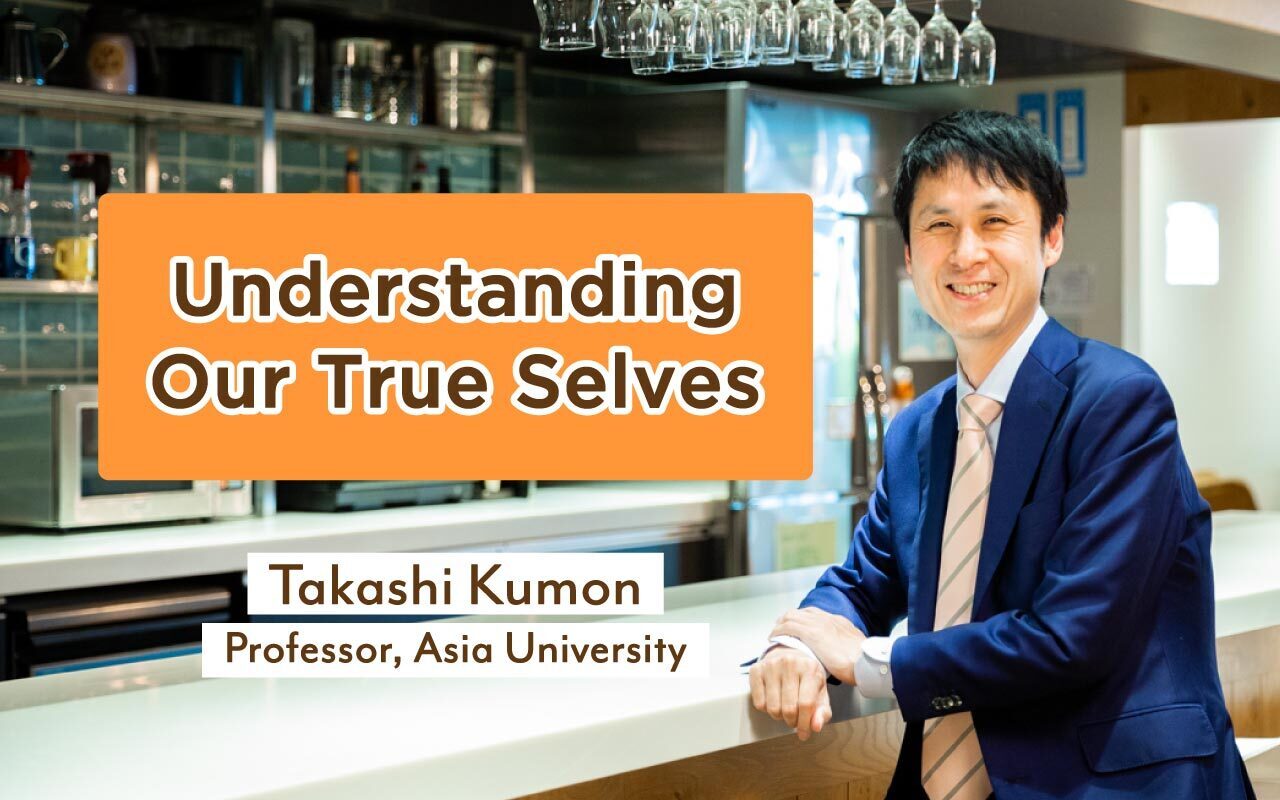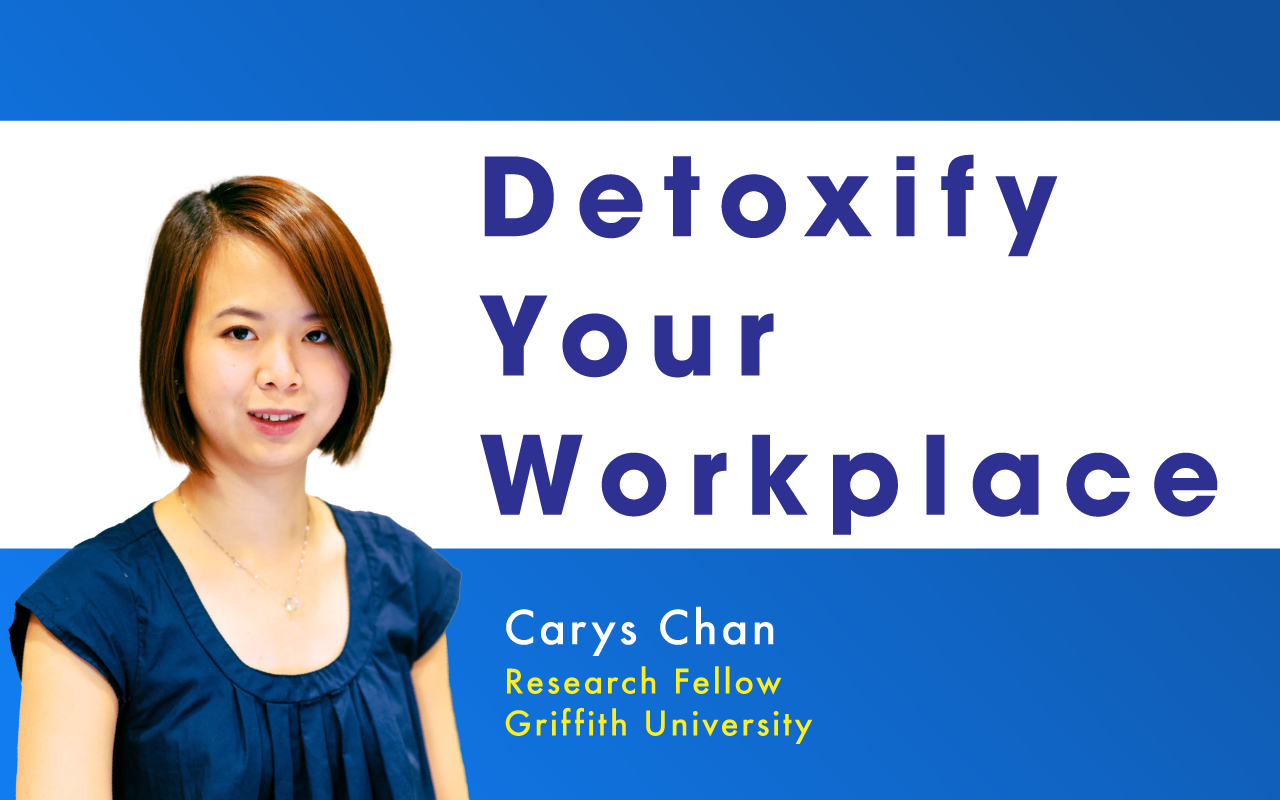Japan and disabilities: Inclusion and strategic thinking keys to improve workplace diversity

This is the third article in our series "Diversity and the future of the Japanese workplace." Together with The Japan Times, we examine the changing workplace environment and what the future of work may look like as companies embrace diversity, internationalize their human resources and adapt to new working conditions.
Role models for social change
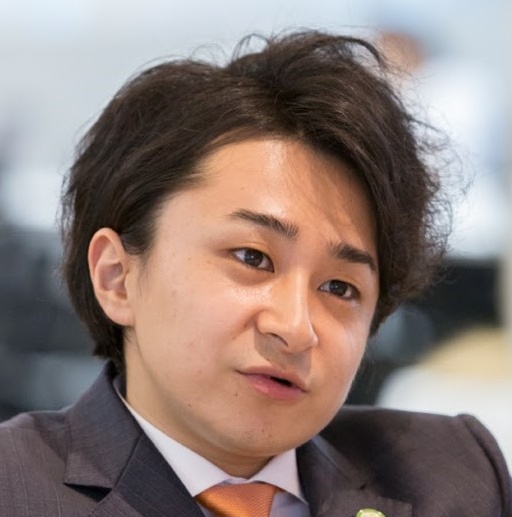
For me, things started from a place of denial. I couldn't accept the fact that I was in a wheelchair. Despite numerous surgeries and rehabilitation, my dream to walk never came true. I finally gave up on rehab and entered university to explore what I could do despite my condition. While working as a sales intern at a company, I logged the highest sales. I realized that not being able to walk could be a strength, and I should turn it into value. So, 10 years ago, at the age of 20, I started my company.
Our main business is to administer Universal Manners Tests; we offer training and lectures to provide basic tips and knowledge for communicating with others, such as the elderly and people with disabilities. So far, about 100,000 people in 600 companies have taken our training.
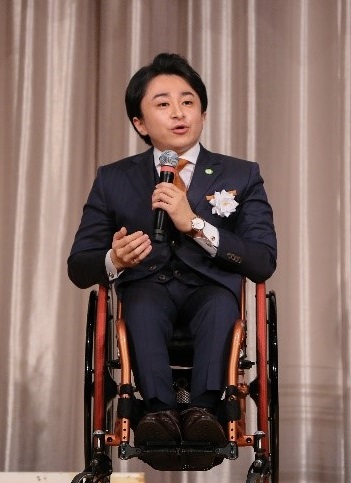
Toshiya Kakiuchi is the president and CEO of Mirairo Inc. Since his bones are fragile and easily breakable, he is a wheelchair user.
Advocating "Barrier Value" that turns obstacles into value, he founded Mirairo in June 2010 while he was in university and started a universal design business that is suitable for everyone, including the elderly and people with disabilities. The company currently provides universal design supervision, product development, education and training that incorporates the perspectives of people with disabilities.
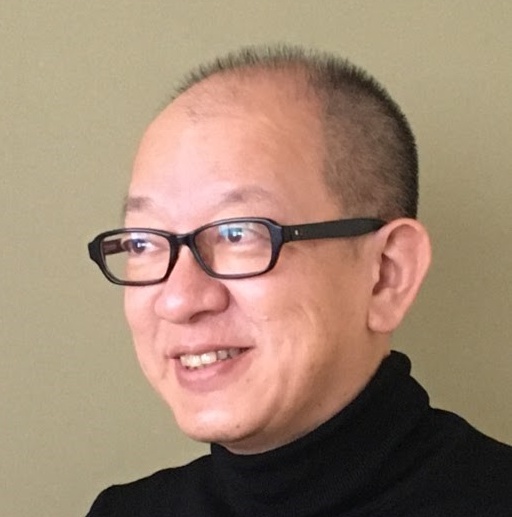
Dialogue in the Dark was actually founded in Europe. In Vienna, visually impaired people would guide guests through cafes, bars, and even a forest that were plunged in complete darkness. I learned about this project through a newspaper article 27 years ago, and was surprised that visual impairment was being recognized as an added value. I wrote to the German organizer, expressing my desire to bring Dialogue in the Dark to Japan. That's how it all started.
The first Dialogue in the Dark was at Tokyo Big Sight in 1999, and lasted two days. In August, we opened a permanent facility, the Dialogue Museum, in Tokyo's Takeshiba district. A total of nearly 230,000 people have experienced our program so far.
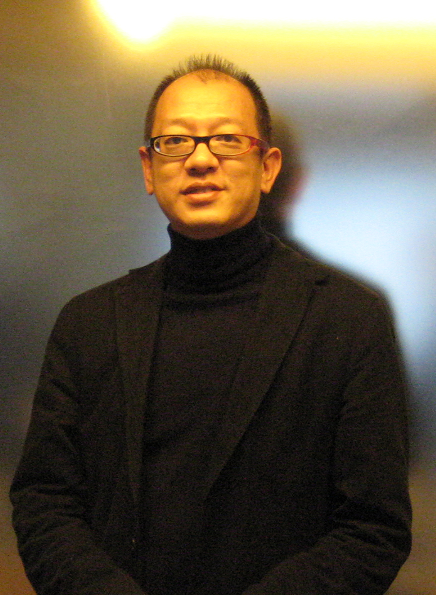
Shinsuke Shimura, founder and CEO of Dialogue in the Dark (DID) Japan, brought DID to Japan in 1999. DID is a life-changing experience where visitors are guided by blind people in absolute darkness. Shimura said: "DID is not simply a mock experience of the world of the visually impaired. Rather, I believe people can make new discoveries by sharpening their other senses in environments where there is no visual information." In August, the Dialogue Museum opened, where visitors can experience "Dark," "Silence," and "With Time" in Takeshiba.
Is Japan really behind?

I feel media reports that say Japan is behind when it comes to universal design don't paint an accurate picture. Japan has had a deep understanding of people with disabilities, dating back about 700 years. Back then, a ranking system was introduced as a means to help visually impaired people achieve economic independence. Individuals who reached a certain level in their work and education could obtain benefits, and those at the highest of the four ranks were given access to a palanquin for transportation.
This system continued until the Edo Period, and it was only in the Meiji, Taisho and early Showa eras that support for disabled people declined. There were also shoguns with disabilities in the Edo Period, such as the ninth Shogun Tokugawa Ieshige and the 13th Shogun Tokugawa Iesada.
If you look at barrier-free access in subway stations, Osaka became the first city in the world to achieve 100% accessibility. In Tokyo, about 88% of stations now have elevators as opposed to 3% in Paris, 18% in London and 25% in New York.
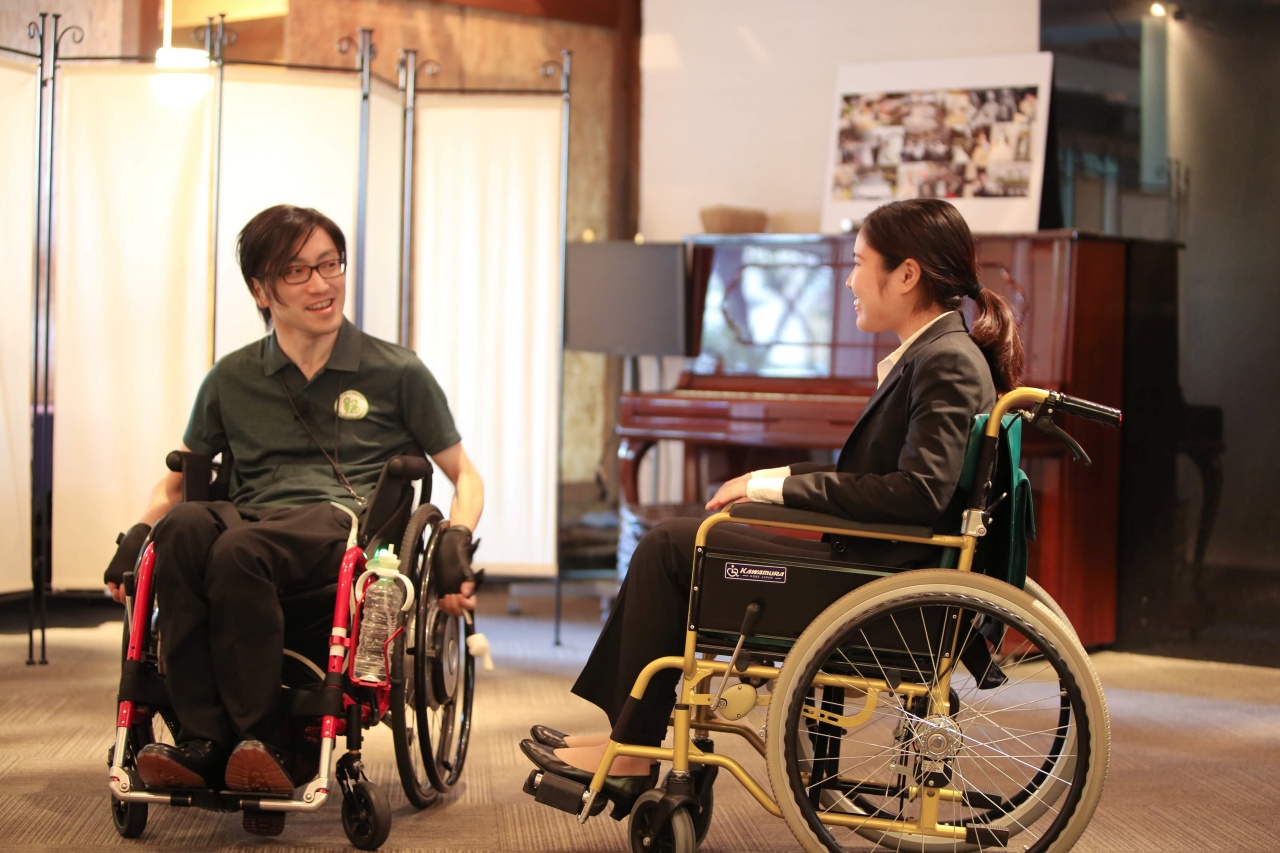
Learning how to operate a wheelchair is required for the Universal Manners Test. MIRAIRO INC.

Not many people know that tactile paving blocks were invented in Okayama Prefecture, before they spread across Japan and were exported overseas. Foreigners arriving at Japanese airports are surprised by the fact that accessibility to various transportation systems is high, while elevators and restrooms in many buildings "speak."
On the other hand, sound signaling for the visually impaired at pedestrian lights in cities is turned off after 10 p.m. due to local ordinances. Without the audio assistance, the visually impaired have to rely on instinct and courage when crossing the road. That's the reality of Tokyo in the 21st century.
Disabled in the workplace

Before talking about the workplace, we need to closely examine higher education. When I entered university, there were only 4,900 university students with disabilities throughout Japan. Today that number has grown to 37,000. Japanese companies had about 195,000 employees with disabilities in 1989, whereas today, there are 821,000.
As for the central government, those with disabilities make up 2.5% of their workforce, exceeding the legal requirement of 2.2%. However, that pales in comparison to the U.S., where 14.4% of federal employees are people with disabilities.
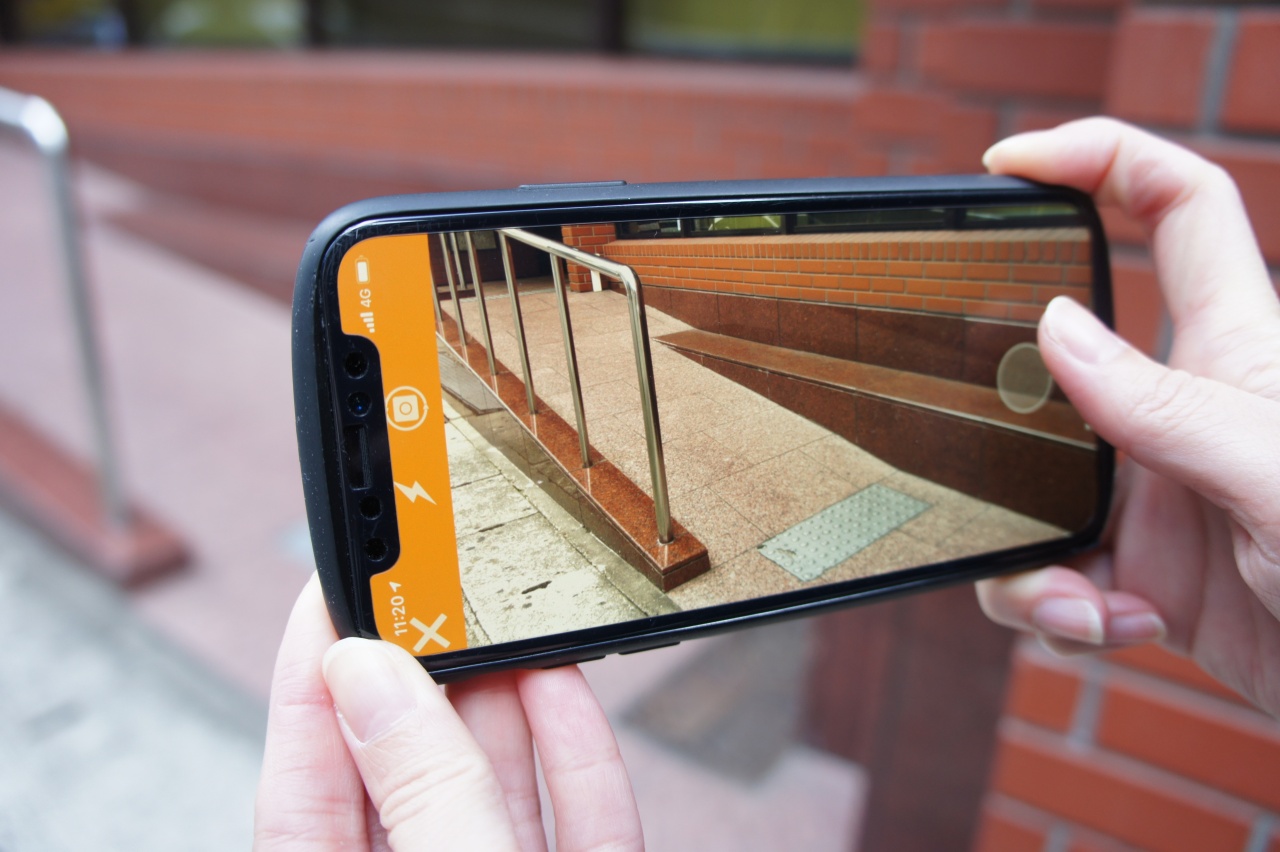
Mirairo staff take a photo of a ramp to use in Bmaps, an application that shares information on the accessibility of various places. MIRAIRO INC.

The main issue is educational opportunities. U.S. universities always have departments that accept students with disabilities. More than 150 universities accept students with intellectual disabilities. In Japan, there are only a few such schools.
People with disabilities will have fewer employment opportunities unless they have equal access to education.



Participants in the "Dialogue in Silence," a program offered without verbal communication, try to express themselves using their hands in a dark room at the Dialogue Museum in Tokyo. DIALOGUE MUSEUM


Coronavirus impact

Before the pandemic, people expected to have business meetings in person. If you were a wheelchair user, not knowing if there was parking near the meeting place, especially in the city center, was a concern. Such issues meant that some people weren't able to attend all meetings. But now, as meetings are largely online, there are far fewer obstacles to participation.
As far as Zoom is concerned, since most functions can be carried out using shortcut keys, visually impaired people can use the meeting app. For people with hearing disabilities, a combination of various apps will convert audio to text on the screen. I'm hopeful that in five to 10 years, we will realize that the pandemic was a turning point for the way people work.

Staff with hearing difficulties and participants in the "Dialogue in Silence" communicate using facial expressions and hand gestures. DIALOGUE MUSEUM
Actions for the future

We started the Universal Manners Test in 2013, and over the past seven years, our service has presented opportunities for more people to not only deepen their knowledge about people with disabilities, but also people from other minority groups such as LGBTQ.
The test is divided into three grades of accreditation, with the first grade being the most advanced. We have created a curriculum on LGBTQ people, dementia, and people suffering from mental illness. As part of the first-grade certificate, I hope to include a variety of learning programs, such as collaborating with Dialogue in the Dark or Dialogue in Silence. I'd like to provide opportunities for many people to acquire and deepen their knowledge about diversity.

Using special equipment, people can experience the difficulties elderly people have walking. MIRAIRO INC.

We carried out a pilot program in Saga Prefecture, where we had children participate in a Dialogue in the Dark. We found that the program was very effective at raising self-esteem, especially for children up to the fourth grade.
We were hoping to expand that program, but unfortunately were unable to have Dialogue in the Dark be part of elementary school education. It's especially disappointing given that 50 countries have already adopted the Dialogue into their educational programs.
For the general public, it is important for our program to be a form of entertainment. Just like you could go to Disneyland or a movie theater, you can go to Dialogue in the Dark. If you participate in our program when you go out on a date for example, it is not just you and your partner who will be there, but other people on your team as well.

Visually impaired staff share their experience with participants during the "Dialogue in Light," which is the temporarily modified version of the "Dialogue in the Dark" concept at the Dialogue Museum in Tokyo. "Dialogue in Light" was created to cope with the coronavirus pandemic, as physical distancing is difficult in the dark. DIALOGUE MUSEUM
I can see how it's important to present educational content in a way that isn't always serious, but can also be entertaining.
Finally, what do you think it will take for the Japanese workplace to embrace more diversity?

Japanese people should more actively seek out opportunities to learn about diversity. Those opportunities are out there. You can take part in Dialogue in the Dark or Dialogue in Silence. You can try our Universal Manner exam. There are plenty of tools online that you can access without having to spend any money. If more Japanese people try to learn about diversity, I'm confident that our society as a whole will become more understanding.
Though it has been postponed, thanks to the Tokyo Olympic and Paralympic Games, there have never been so many opportunities to watch people with disabilities on TV. When I go out in my wheelchair, I don't draw much attention anymore. Japan is changing for the better. Whether we can accelerate the pace of change will depend on the actions of each and every company. At Mirairo, we are ready to work together to make that change happen.

Just like what happened with computers, once people find that diversity can be beneficial for business, it will improve exponentially. I believe there will be a tipping point once enough people witness those benefits firsthand.
As for how we would reach this point, there are the Olympic and Paralympic Games. There will be opportunities to meet people with disabilities through our programs, and there will be learning opportunities like the ones offered by Kakiuchi's company. There are many people working on solving a variety of social issues who have each come to the conclusion that diversity brings added value to companies. They should join forces to make their case to the business world and showcase the added value of diversity to businesspeople.
Written by Sayuri Daimon. Edited by Alex Steullet, Ade Lee, Mina Samejima, and The Japan Times. Photographs courtesy of The Japan Times, Mirairo Inc. and Dialogue Museum.
Writer
Editor
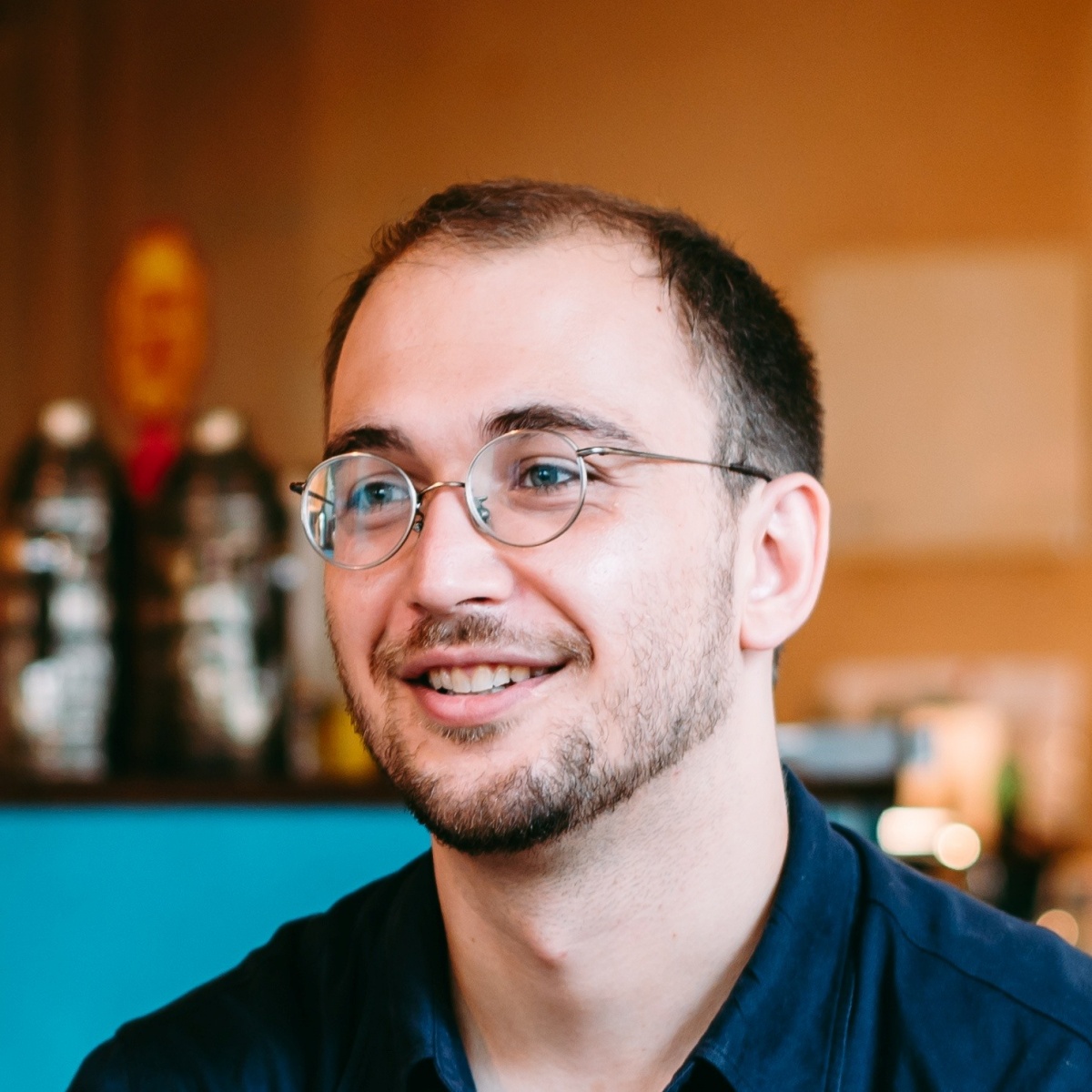
Alex Steullet
Alex is the editor in chief of Kintopia and part of the corporate branding department at Cybozu. He holds an LLM in Human Rights Law from the University of Nottingham and previously worked for the Swiss government.
